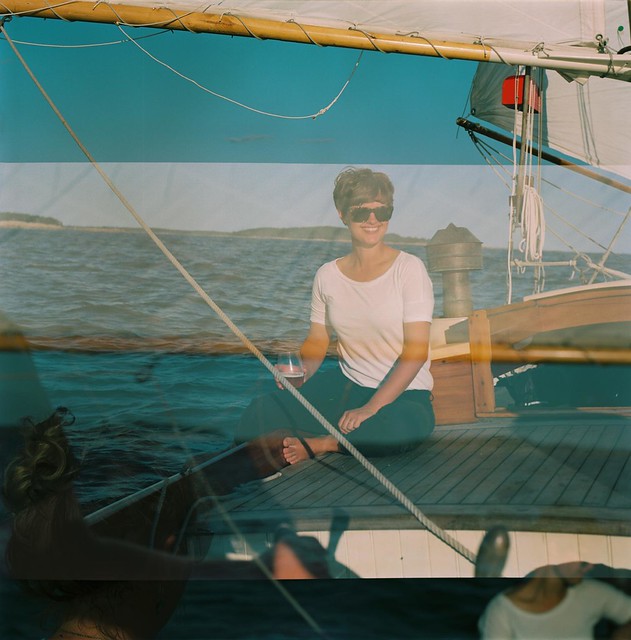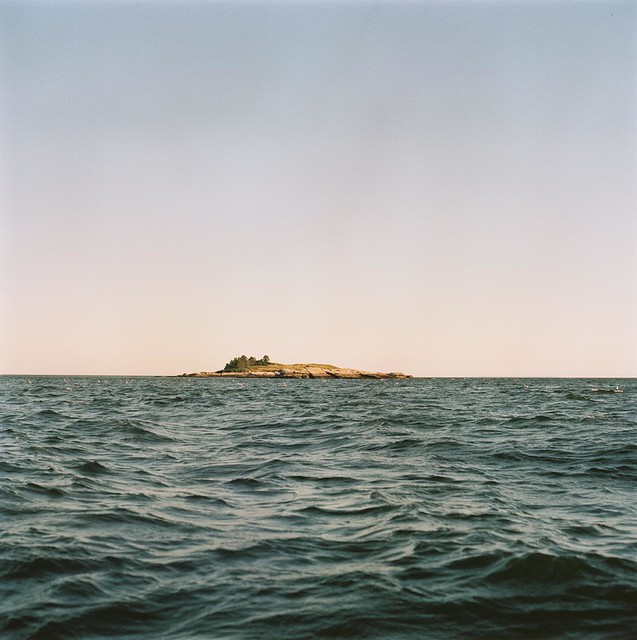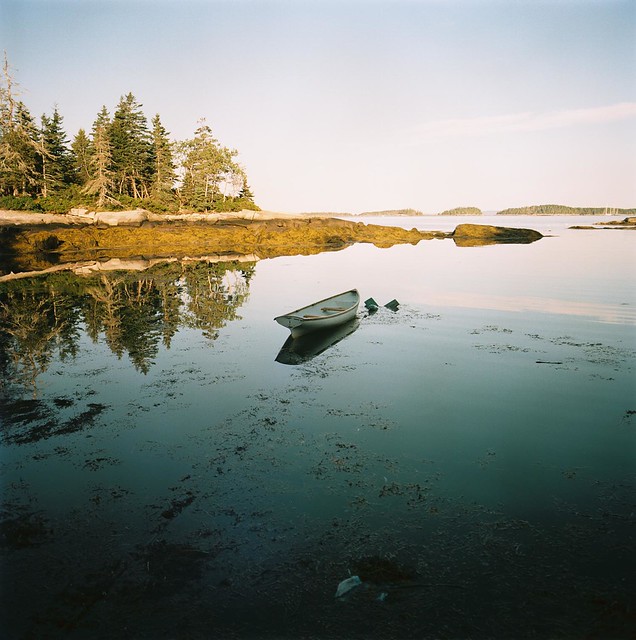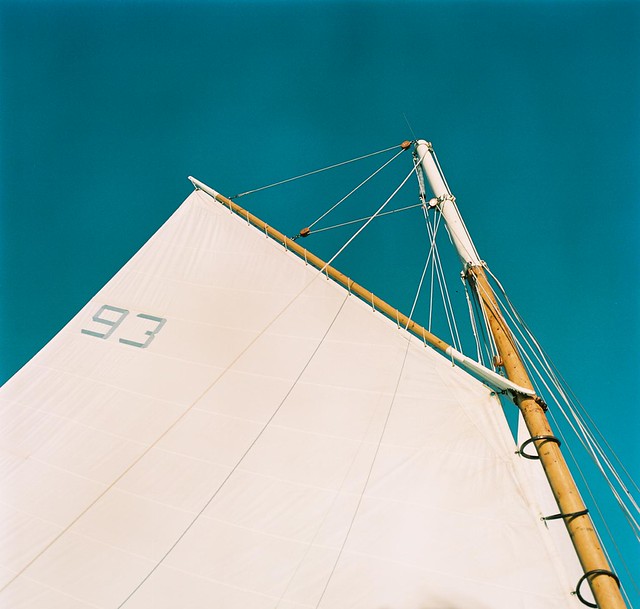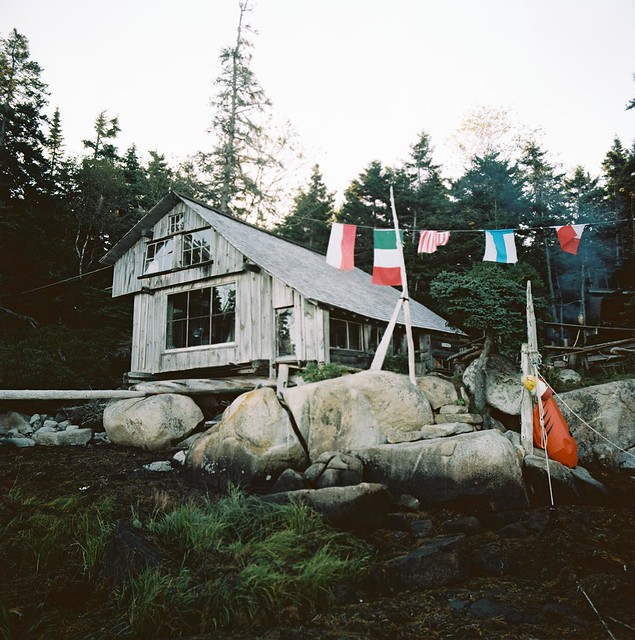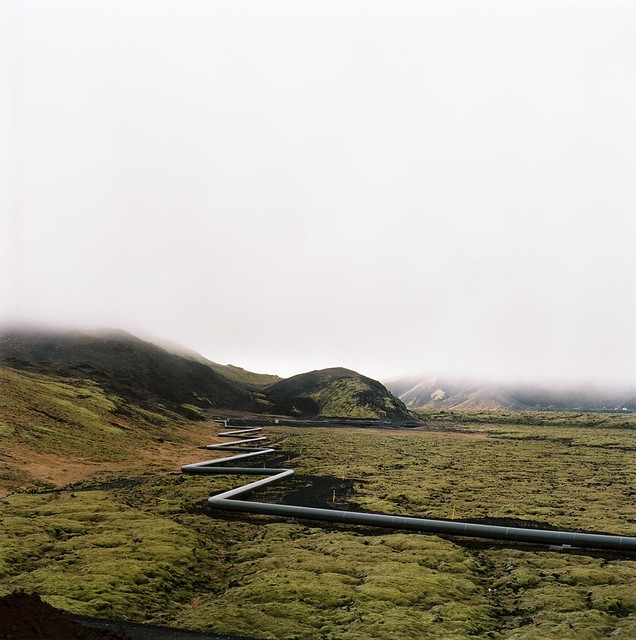

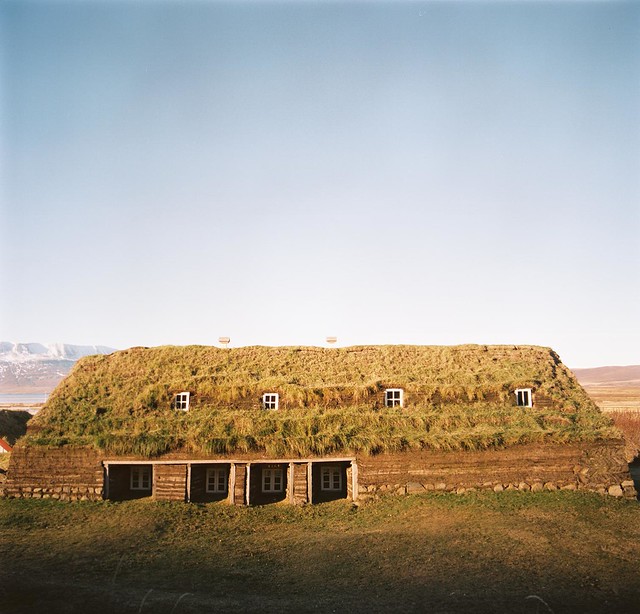
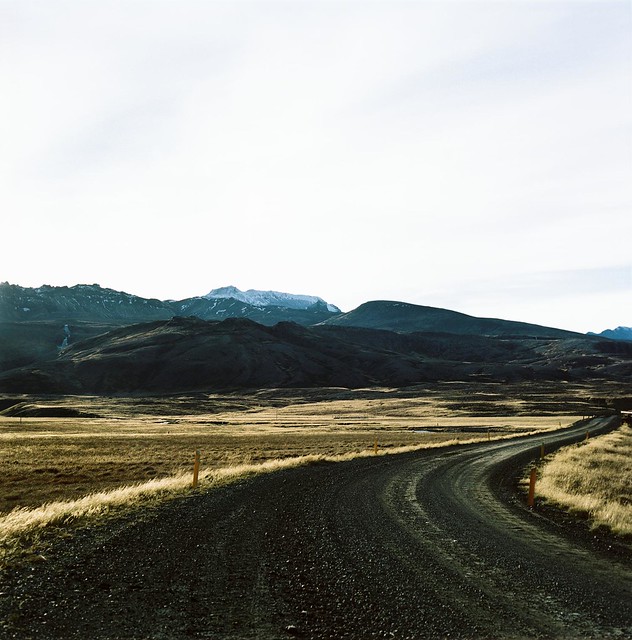

Back in October, I spent a week in Iceland.


Above and beyond being a breathtaking country, the place is a perfect case study in the effects of industrialization on architecture. Iceland was little more than a series of isolated fishing villages until the 1940s. No real roads connected them, it being easier to transport goods by boat than drag them over the rocky landscape, and the only form of commerce came in the shape of a fish, a sheep, or a rotting shark (which is, despite what the locals say, unequivocally not delicious.)
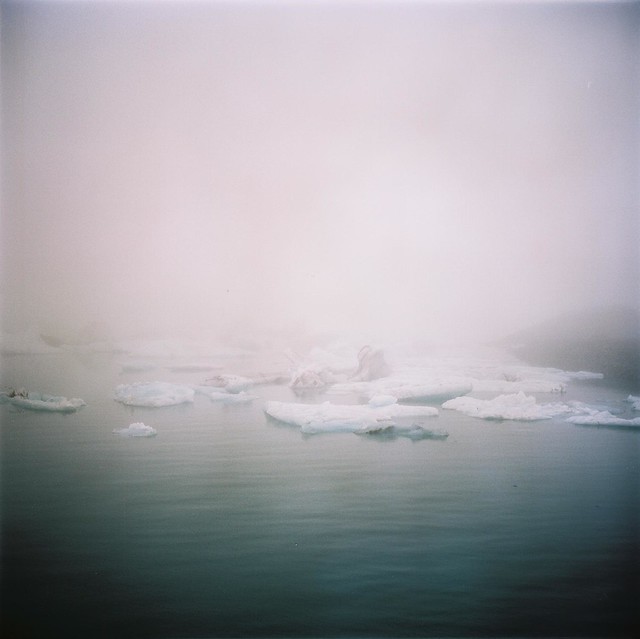
Until the turn of the 20th century, and in some cases well into the 1970s, much of the housing in the rural areas took the shape of the turf house, an ingenious use of a dearth of materials, and a structure which, while inside it, subjects its inhabitants to the most powerful, exquisite silence.
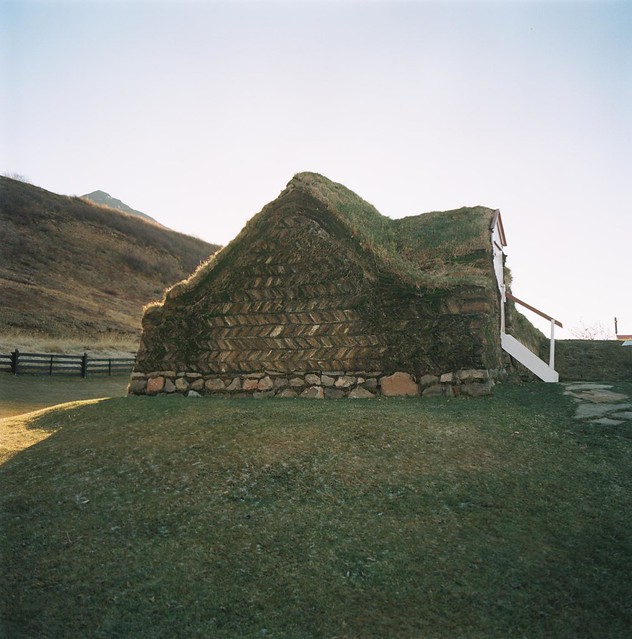
There is something truly wonderful about being
in the earth itself, feeling the great heft of it below your feet, as if nothing more than the cool tamped floor protected you from the violence at the core of the planet.
I've always had a bit of a sound-to-touch synesthesia, this mixed blessing of an aural-haptic crossover, and this silence is an absolute dream. A dense, cottony womb. It is a medium. It just presses in on you from all sides while you stand in the darkness. A few feet away, and framed by a dusty little ground-level window, tawny grasses outside noiselessly catch the wind.

The countryside is dotted with a few turf houses that have stood, impassive to the brutal horizontal winter sleet and capricious freeze and thaw of the weird arctic weather systems, for hundreds of years. What strikes one as wonderful about these houses is the simple fact that they-like us- are very mortal structures.
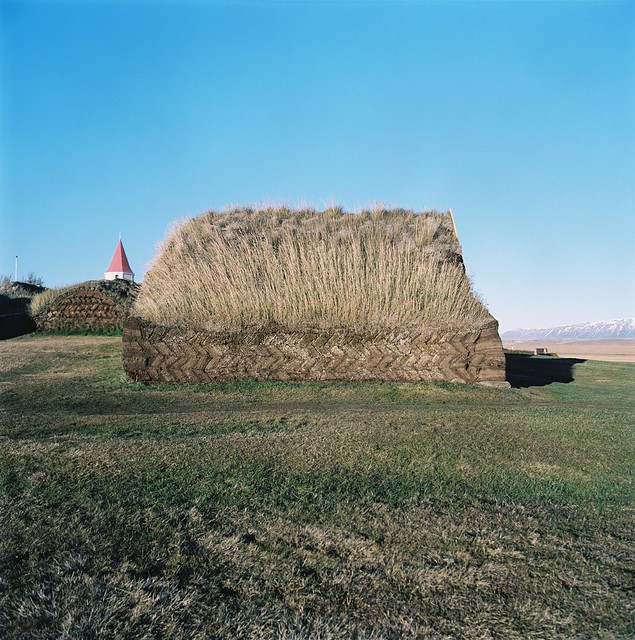

Though built with care, (note the herringbone pattern of turf blocks in the gable ends), they are little more than driftwood and dirt, and once abandoned, simply return to the earth. The only thing that preserves them is use— a pattern I’ve noticed again and again in Nice Things. Here on the coast of Maine you’ll often see a wooden boat that’s been handed down through the generations. Sure, a cracked plank or rotten rib may have been replaced along the way, but the real thing that keeps these boats from just moldering is the simple process of use, the transaction of energy that comes with a new generation of summer-bleached kids dragging the poor old thing across the rocks and subjecting it to a little Atlantic refreshment.
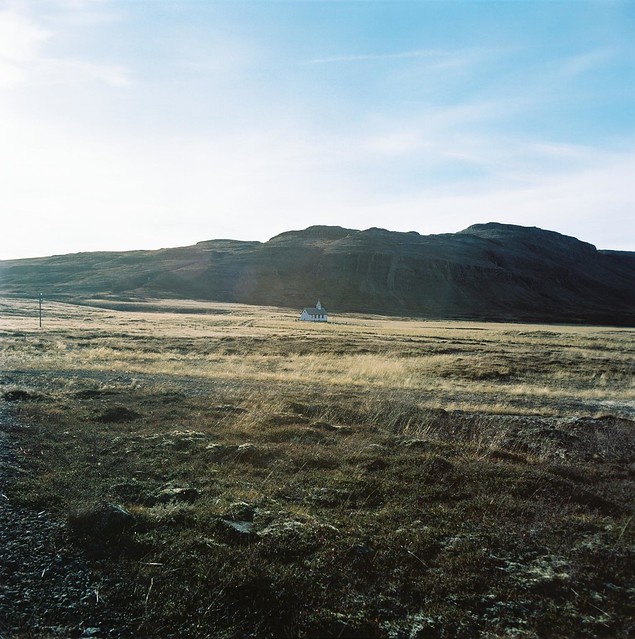
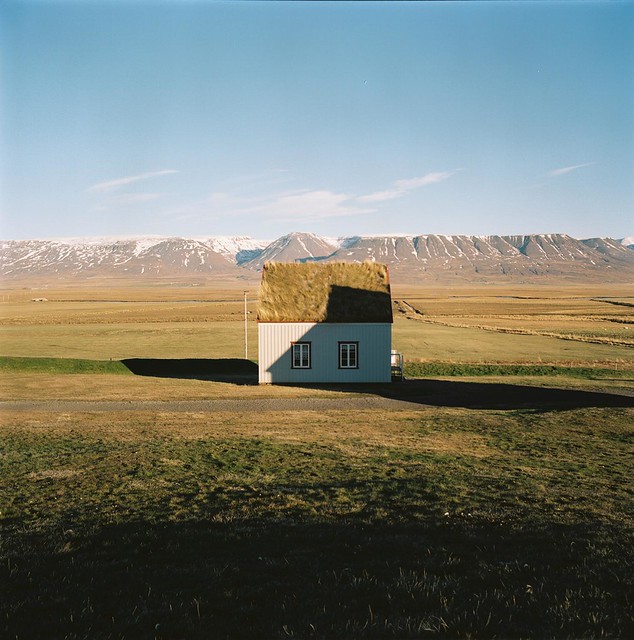
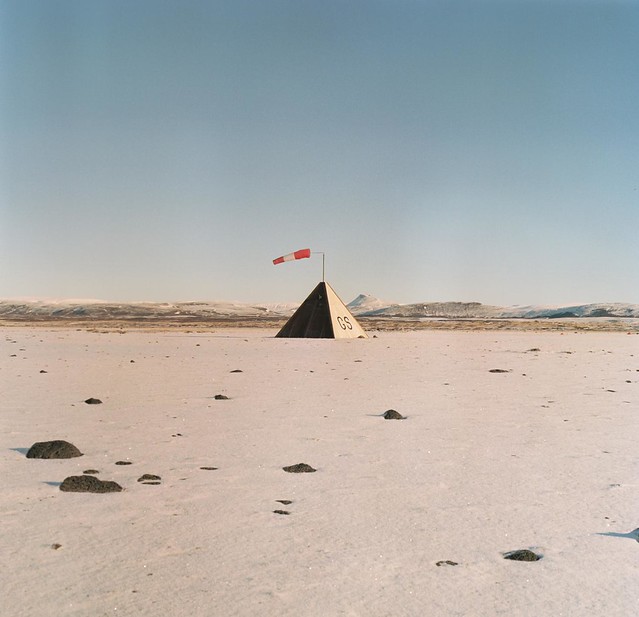
Contrast that sort of sentiment with the ways in which the building industry changed in the country in less than fifty years. The Skuggahverfi condos in Reykjavik are as arrogant as the old farms are sensitive and ingenious. The latest towers, now ten years behind schedule because of the financial upsets in the country, are bullishly ignorant of their climatic context. Built, rather foolishly, in the "shadow district" of the city, they do indeed cast a shadow: across a parking lot, four median strips, six lanes of traffic, a bike and foot path, and a rocky outcropping before spilling out into the ocean beyond. Iceland's marvelous slanted light, a result of the high latitude, is no friend of the high rise.
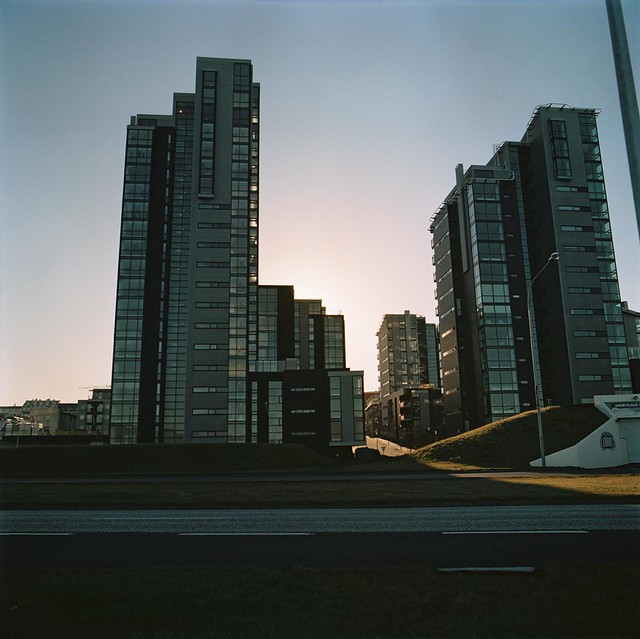
"Those buildings", says one of Reykjavik's brightest architects during our lunch date, chuckling over his steaming bowl of sheep brains, "make no sense here."
This shadow almost never moves. Time lapsed from an aerial perspective, the thing just barely oscillates over the course of 24 hours like a second hand on a clock that keeps second-guessing itself. Over and over. For months.
There are only a few weeks in the summer when the midnight sun finally swings around the buildings. As a result, it is positively frigid back there, the ground in the shadow frozen solid, covered in frost and ice. Traffic slows as it passes through the shadow. Bicyclists dismount. Pedestrians adopt a funny bow-legged waddle.

We need a more sensitive architecture. Furthermore, we need a mortal one, an idea that is completely left out of the discussion in contemporary practice. The only sustainable architecture is one that subjects itself to time and to decay. Maybe even celebrates these things. In the case that we really desire to save a building, for, oh, another few hundred years, these sorts of close-to-the-earth practices require nothing more than a little human involvement to preserve them.

Vi∂imyri, a little turf church in the north of Iceland, was lucky enough to be spared from the march of time through conservation efforts by the local municipality. How difficult was the process? One can only imagine: think of the effort it would take to renovate one of our contemporary buildings after 200 years of use. But the process of salvaging the chapel couldn’t have been a picture of greater simplicity. To fix what ailed the little church, townsmen carefully peeled the crumbling turf strips from the 180-year-old driftwood frame, and laid fresh ones down in their place.

Good as new.
